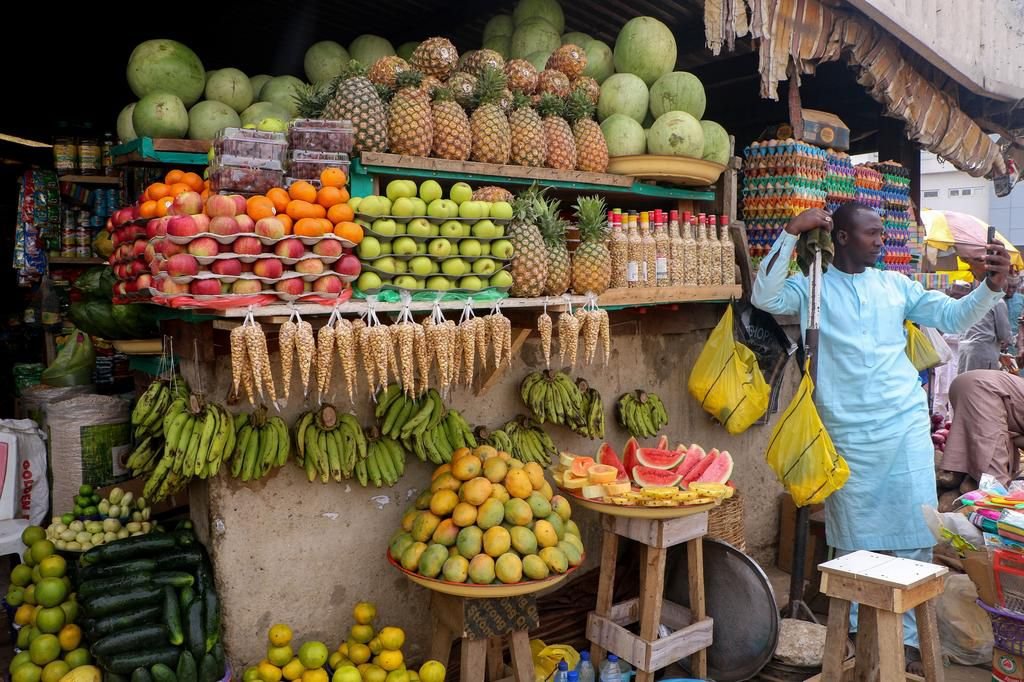President Muhammadu Buhari, promised in May 2015, when he assumed office, that his administration would promote self-sufficiency in agriculture and food production. The former Central Bank Governor, Sanusi Lamido Sanusi, described Buharism as a kind of bourgeois nationalism that is radical in the sense of being a progressive move away from domination by a parasitic elite, to one in which a nationalist and productive class gains ascendancy. Buharism also believed in its long-held principle argument against Naira devaluation as the means to improve Nigeria’s balance of trade. This is based on its premise that there are superior alternatives for relieving pressure on Nigeria’s foreign reserve.
An expression of this was the appointment of Hameed Ali, a retired army colonel, as Comptroller General of the Nigeria Customs Service, which enforced import restriction measures on 41 essential items. The reason was that the products could be produced locally and would relieve the pressure on the Naira. Some of the banned items were agricultural finished products like Rice, fertiliser, Sugar, Meat, Fish, and Poultry. This policy was also intended to create opportunities for local producers in the domestic market. While there have been highlighted successes, there have been unmet expectations, as well, especially where the projected increased production of the banned items and impact on agricultural development in Nigeria didn’t happen.
The Anchor Borrowers’ Programme (ABP) was the main agricultural initiative of the government. It was formulated by the CBN and launched by President Muhammadu Buhari in November 2015. The ABP aimed to provide farmers with agri-inputs in cash and kind. Included in this laudable initiative was also a scheme to connect farmers with off-takers, who would in turn pay fair prices. This Credit support was provided each year, ahead of the season, by the CBN and the farmers are expected to repay the obligation with their harvests, just like a contract farming model. About 4.2 million farmers are said to be registered on the programme, and participation is limited to only one hectare of farmland per farmer.
The focus of agricultural economics is mainly on increasing growth and productivity of farmers. The ABP was designed to focus on increasing the number of farmers. As existing progressive farmers are not allowed and encouraged to reach 5 hectares (highest class for small commercial farmers) there has been no growth, no increased income and therefore, no spending in the rural economies and, by extension, no employment and income for the rural poor. This policy has not reduced poverty.
The ABF scheme has not grown. One of the reasons for its lack of growth is the high rates of default in repayments from the farmers. According to the International Monetary Fund (IMF) 76% of the beneficiaries have defaulted even though repayment can be made in kind, thereby limiting the tenor to one season. The IMF claims that the cause of default is because the recipients of the loans are not always well targeted. Corruption may have blighted the opportunity for the scheme to register experienced and committed farmers.
At the ABP launch in 2015, President Buhari was particularly hopeful that it would accelerate local rice and wheat production. Since then, we have seen an unprecedented increase in the production of rice and massive development along the rice value chain, with about 50 new large-scale milling factories established across the country. The success is impressive, and the country has benefited with sufficiency in rice, employment, and income for many tens of thousands through the value chain. However, the programme has failed to show any impact on local wheat production. The CBN has now succumbed to the age-old response of import substitution and political appeasement by launching The Brown Revolution. The Brown Revolution has to come under scrutiny because the CBN has spent over N40 billion for a one-season programme.
The CBN’s direct involvement in agricultural policies and implementation within the last 8 years is as a result of the emphasis of the Buhari administration on the conservation of foreign reserve through import restriction measures – a Buharism alternative to neo-classical economics. Agricultural developmental projects and programmes that came after the ABP, implemented by the government appear to have been an afterthought. The roles of developmental agencies and institutions like the Bank of Agriculture, may have been usurped by the CBN’s very direct involvement in their traditional roles.
Credit –















